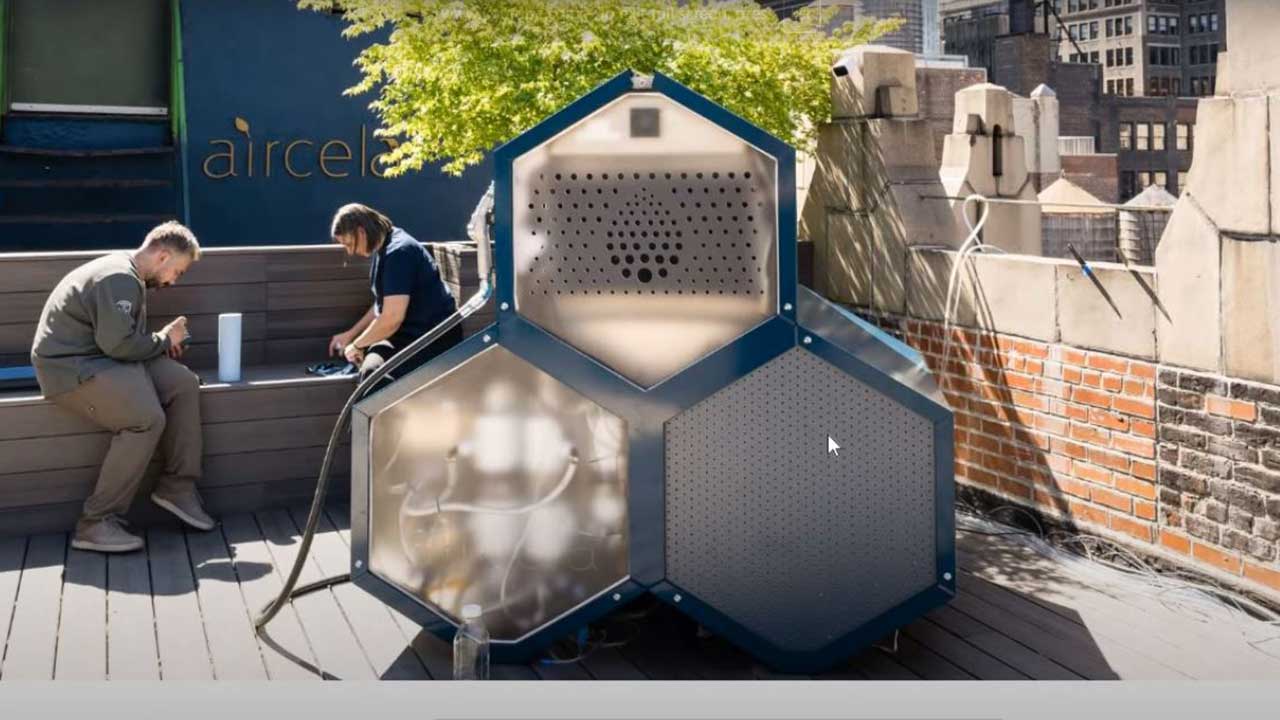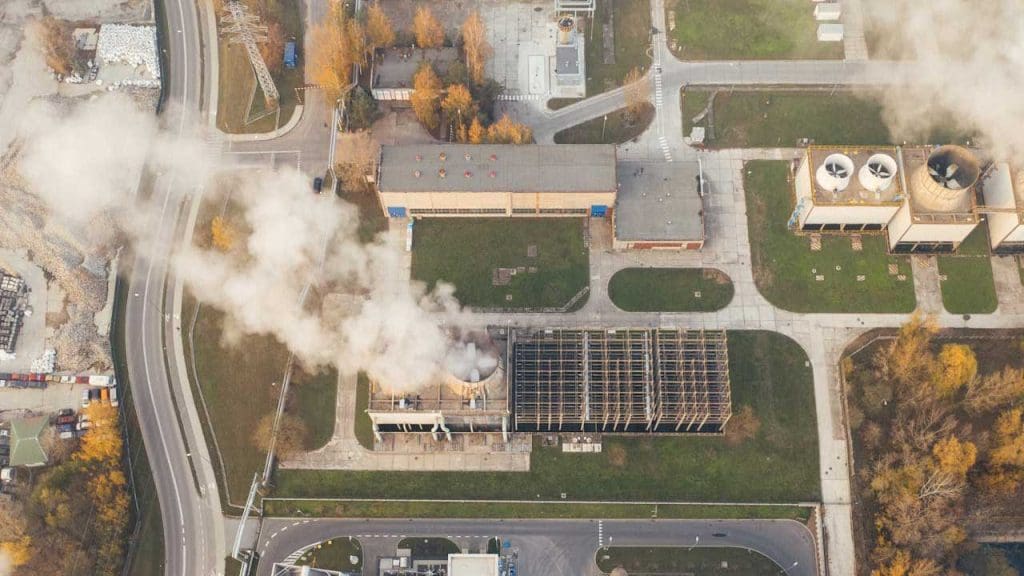
A groundbreaking innovation has emerged from a US startup, introducing a fridge-sized machine capable of generating gasoline directly from ambient air. This could revolutionize the energy sector by providing a sustainable alternative to traditional fossil fuels and addressing pressing environmental concerns.
The Technology Behind the Innovation

The core of this innovative technology lies in its ability to capture carbon dioxide from the atmosphere. The machine employs an advanced carbon capture process that efficiently extracts CO2 from the surrounding air. Once captured, the CO2 undergoes a chemical transformation process that converts it into hydrocarbons, the building blocks of gasoline. This transformation is achieved through a series of reactions that mimic natural photosynthesis, albeit at a much faster rate.
Key to this process is the use of specialized catalysts that facilitate the conversion of carbon dioxide into usable fuel. These catalysts are designed to optimize the reaction efficiency, ensuring that the maximum amount of CO2 is converted into hydrocarbons. The energy consumption of the machine is a critical factor, and developers have prioritized efficiency to ensure that it consumes less energy compared to traditional methods of gasoline production. This focus on energy efficiency could make this technology a viable alternative to fossil fuels.
Environmental Implications

One of the most significant environmental benefits of this technology is its potential to reduce greenhouse gas levels in the atmosphere. By converting CO2 into gasoline, the machine effectively removes harmful carbon emissions from the air, providing a dual benefit of reducing pollution and generating fuel. This approach could complement existing carbon capture and storage technologies, offering a more direct and potentially scalable solution to the global CO2 challenge.
In terms of sustainability, this innovation represents a significant step forward in resource management. By utilizing a virtually limitless resource—ambient air—it alleviates the pressure on natural resources traditionally used for fuel production. The potential for large-scale implementation of this technology is promising, as it could help transition energy practices towards more sustainable methods, reducing reliance on finite fossil fuel reserves.
Economic Impact and Market Potential

The economic implications of this technology are profound. While initial costs for the machine may be high, long-term savings for both consumers and industries could be substantial. The transition to this new technology could be supported by potential incentives and government subsidies aimed at promoting sustainable energy solutions. By adopting this innovation, businesses could reduce their carbon footprint and operational costs, making it an attractive option for forward-thinking companies.
From a market perspective, the introduction of this technology could disrupt the traditional fossil fuel industry. It opens new business models and market opportunities, presenting a shift towards cleaner energy sources. Companies that invest in this technology early could position themselves as leaders in the emerging market for sustainable fuels, gaining a competitive edge as demand for greener energy sources continues to grow.
Challenges and Considerations

Despite its promise, this technology faces several technical challenges. Current limitations include the need for further research to enhance the efficiency and scalability of the process. Ensuring the reliability of the machine is crucial for widespread adoption. Addressing these technical hurdles will be essential for bringing this innovation to market and achieving its full potential.
Regulatory and ethical considerations also play a significant role in the deployment of this technology. Navigating the regulatory landscape will be crucial to overcoming potential hurdles and ensuring compliance with environmental standards. Ethical considerations, such as the equitable distribution of technology and its impact on global energy markets, will also need to be carefully addressed to ensure a fair and sustainable transition to new energy solutions.
Future Prospects and Developments

The future of this technology is promising, with potential advancements and innovations on the horizon. Ongoing research and development efforts are likely to focus on improving the efficiency and scalability of the machine, making it more accessible and practical for widespread use. As technology evolves, we can expect enhancements that further integrate this solution with other renewable energy sources.
This innovation represents a significant step towards a renewable energy future. By transitioning to a low-carbon economy, the technology could play a pivotal role in reducing global carbon emissions. The integration of this solution with other renewable energy technologies, such as solar and wind power, could create a comprehensive energy system that meets the demands of a sustainable future. This vision of a cleaner, more sustainable world is within reach, driven by the continuous advancement of innovative technologies.